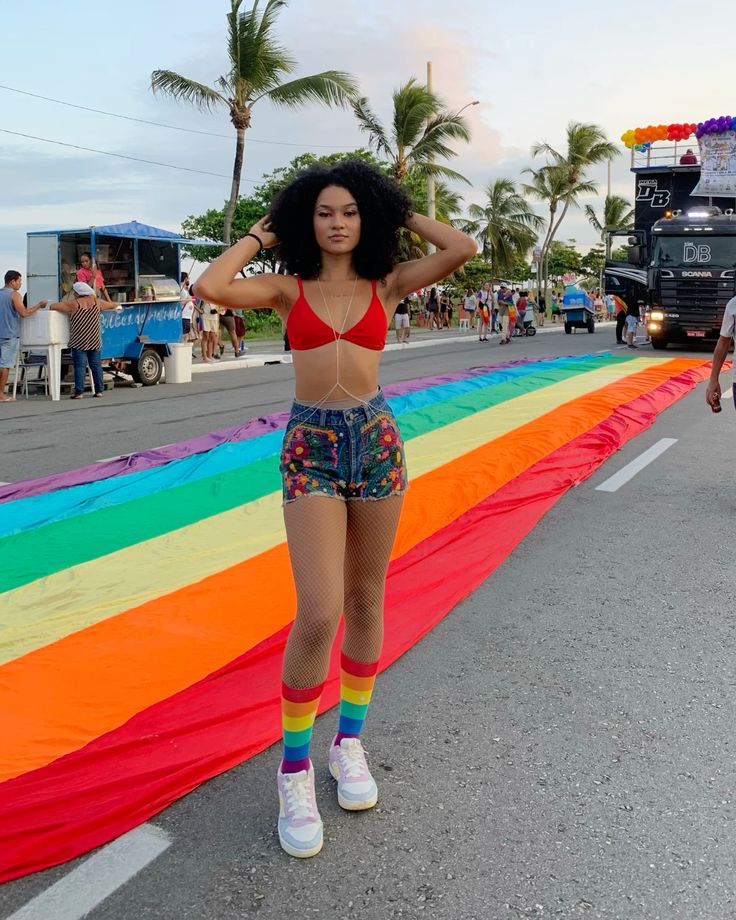Introduction
Streetwear is more than just a clothing style—it’s a cultural movement. What started as an underground trend rooted in skateboarding, hip-hop, and graffiti culture has grown into a global fashion industry. In 2025, streetwear dominates wardrobes worldwide, influencing everything from casual outfits to high fashion runways. Here’s a look at how streetwear evolved from subculture to mainstream fashion.
1. The Origins: 1980s and 1990s
Streetwear was born in the skate and surf scenes of California and the hip-hop culture of New York. Graphic T-shirts, hoodies, and caps became symbols of individuality and rebellion.
2. The Rise of Iconic Pieces
-
Hoodies: A symbol of anonymity, comfort, and attitude.
-
Graphic Tees: Expressed art, logos, and personal identity.
-
Caps and Beanies: Became key accessories in urban outfits.
These staples defined early streetwear and remain central even today.
3. Streetwear Meets High Fashion
In the 2000s and 2010s, luxury brands began embracing streetwear. Hoodies and sneakers appeared on runways, and collaborations between sportswear and luxury houses blurred the lines between casual and couture.
4. Streetwear in 2025
Today, streetwear is about comfort, inclusivity, and sustainability. Oversized fits dominate, neutral tones mix with bold graphics, and eco-friendly materials are gaining popularity. Streetwear is no longer niche—it’s the foundation of modern fashion.
5. What Makes Streetwear Timeless?
-
It’s adaptable: from casual hangouts to luxury fashion shows.
-
It’s expressive: graphic designs and accessories reflect personal style.
-
It’s cultural: deeply connected to music, art, and youth movements.
Conclusion
The evolution of streetwear shows how a subculture became a global fashion powerhouse. Hoodies, T-shirts, and hats—once underground symbols—are now everyday essentials embraced by millions worldwide.
👉 Want to explore modern streetwear essentials?
[Check out our collection of hoodies, T-shirts, and hats here] https://mytruecolors.shop/



